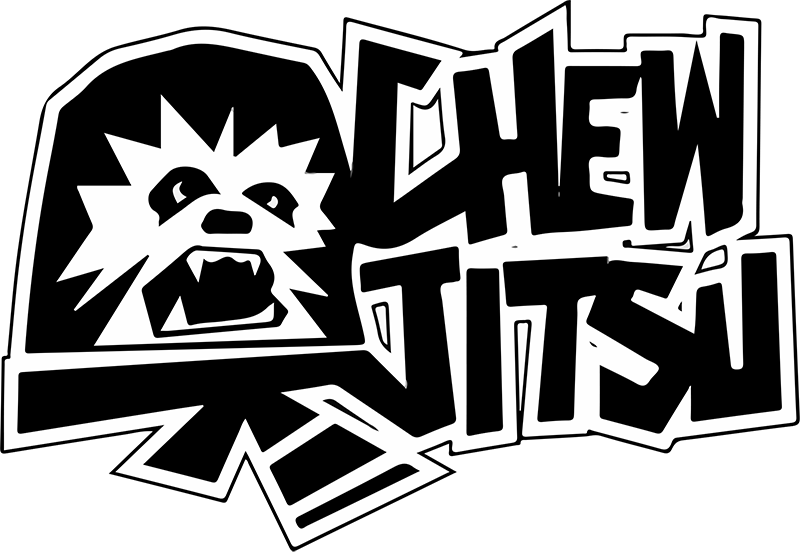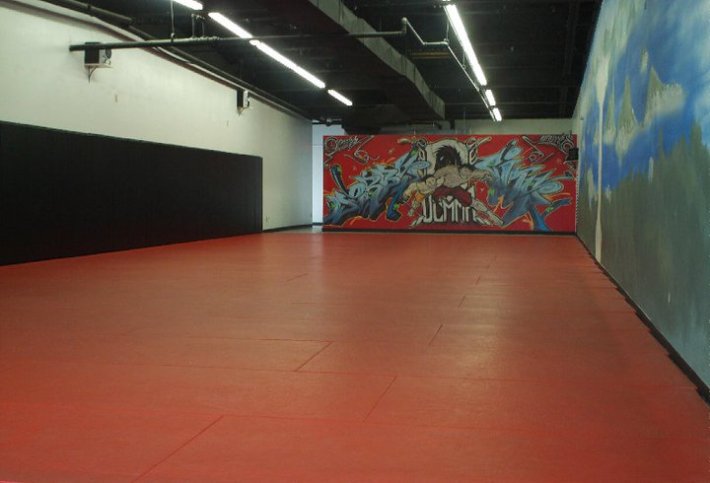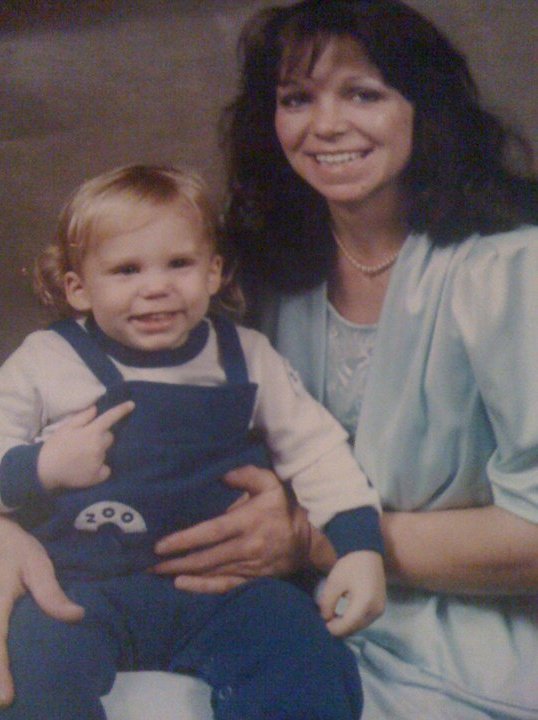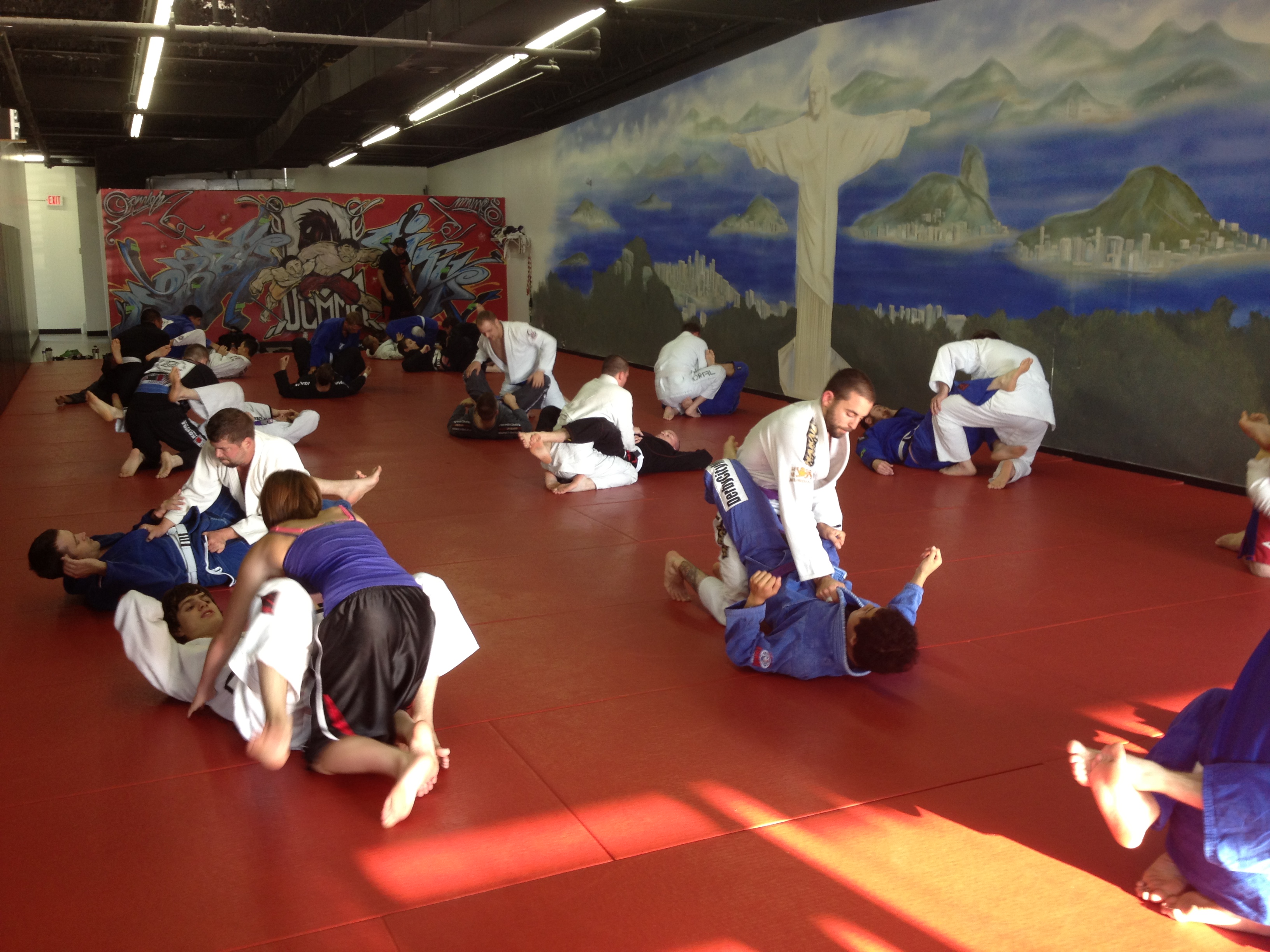I can’t breathe, and I begin to feel my consciousness slip. My opponents’ legs are locked tightly around my neck like a vice, and my arm is sticking through the lock dangling. My body feels frozen in place, petrified that I am in a submission and that I am about to lose a match or pass out. I try to think of how to counter this attack as my opponent grips the back of my head to apply more pressure on the lock. My peripheral vision fades and blackness is beginning to close in to the center of my view. My mind is clouded by a state of panic. I begin to slap the legs that are wrapped around my neck and shoulder to signal surrender, and the lock is released. I slump back to my butt then quickly fall to my back staring up at the ceiling lights. With a deep breath my vision is restored, my body calms and I begin to grasp what just happened. Out of the corner of my eye I see my opponent standing with his hands raised above his head in victory walking the mats while his team cheers. Then the feeling of losing sets in and I realize that I’ve been bested and I am the defeated grappler. I stand and walk towards the referee who then grabs both of our wrists and raises my opponents arm. We shake hands and walk off the mat . . . head hung low knowing that I put myself into this position, and that this failure is simply the price of ambition.
Rough times as a purple belt
Failure is the price of ambition . . . what an interesting thing to think about. In order to succeed we must fail at some point? Seems kind of contradictory to what we might think, doesn’t it? However, this is the truth! In order to succeed we must fail. Whether this occurs in the gym during our training sessions or in tournaments and competition, it is a vital for progress. The story you just read was a description of a match I had years ago. I was being triangle choked in a purple belt tournament, and this would be the first of many losses I had as a purple belt. During my time as a purple belt I found my dedication to this sport tested but the failures that came worked as a catalyst for improvement and learning.
I clearly state I had no idea what to do, yet I was a purple belt? How can this be, surely a purple belt would have some idea as to what to do? My years spent as a purple belt were rough at times. I had been a constant competitor as a white and blue belt and I quickly climbed to my purple belt which was given to me by my instructor in just around 2 years. 2 years to purple belt, pretty good progress right? Well maybe not as much as you would think. With the new rank I had very mediocre results at first. I would win some tournaments after hard fought battles only to go to another tournament where I would be outclassed by a much more skilled opponent. My game was very narrow and efficient and if you played into it I would win, but if you made me play a different game I was typically ill equipped for it. I ended up moving to another gym because my current instructor was not dedicated to helping me grow and get to the level I know I needed to get to. When I came to the gym that I would come to call home my new instructors Colin and Kyle Cannon instantly picked apart my weakness.
What was my biggest weakness you might ask?
Well, it was the reluctance to try new things, the fear to fail. I had been so competition oriented with my training even in the gym that it caused me never to open up. Even with lower belts my old instructor taught me not to give them an inch and continually grapple just to win. This caused me to have a very narrow style that could be exploited easily if someone was to engage with me in a way I wasn’t prepared for. I would see this happen numerous times as a purple belt. Skilled opponents would use techniques that I was unable to combat at the time. My new instructors made me try and explore positions that I was absolutely terrible from, and in the beginning I struggled a great deal! I was finding it tough being one of the “top” guys in the gym and getting my guard passed by a white belt as I clumsily fumbled with my de la riva or half guard. This continued for about 7 long and at times exhausting months and then it was as if a light bulb had been turned on. Suddenly I found myself was able to work proficiently from what were once my worst positions, and I was soon able to apply this newly developed group of techniques to high level guys in the gym and in tournaments. This came as a result of constant drilling and rolling from these positions that were lacking.
I cannot stress how amazing this felt. I had finally emerged out of this long rebuilding phase of my Brazilian Jiu-jitsu journey, a time which was filled with a lot frustration.
Explore and open your game
The idea of this blog post is to understand that failure is a necessary part to progress. If you are not losing and aren’t being beaten then how do you know your weak points or where you need to improve? Even if you are a high ranking belt at a gym you can still play positions you are weak from to make yourself better. My problem was that I never allowed to play with any position that wasn’t my “bread and butter” and this hindered my growth. I was stuck in the same old moves and techniques and my skills never grew to combat the new problems and evolving jiu-jitsu of the higher level of competition and skill I was now facing.
Now we must never accept failure as inevitable but simply as a possible consequence of us expanding our games and testing new techniques. You should never walk onto the mat with the mindset that you are going to lose but be prepared to make the adjustments if you do. Think of an inventor or scientist. They rarely discover what they are looking for right off the bat, but with persistence and a bit of trial and error they will find what they are looking for.
3 important things to learn
So I know I did a lot of rambling in this blog, but here are the ideas I would like for you to take away from it.
- Don’t be afraid of failure and embrace new challenges and obstacles.
- Take every defeat in stride and dissect it to find the reason you lost so that you can correct them. Whether in the gym or competition.
- Be persistent, even when things get tough.
Btw here is a cool quote a friend sent me when I talked to him about this subject of failure relating to BJJ. . .
“I am not judged by the number of times I fail but by the number of times I succeed, the number of times I succeed is in direct proportion with the number of times I fail and keep trying.”




